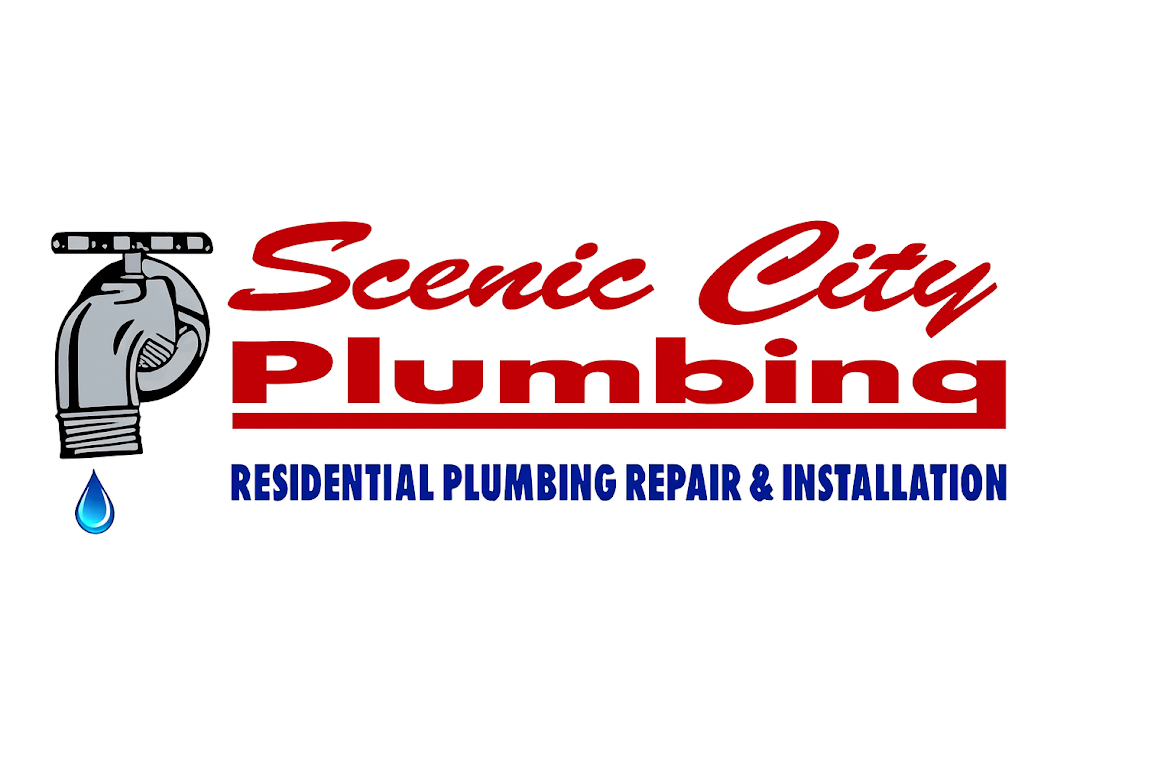Your Plumbing Questions, Answered
Scenic City Plumbing has proudly served Chattanooga and North Georgia since 1987. Below are answers to the most common plumbing questions we receive — helping you understand, maintain, and protect your home’s plumbing system.
Septic & Sewer
How often should I have my septic tank pumped?
You should have your septic tank pumped every 3 to 5 years, depending on the size of your household and the tank capacity. Regular maintenance helps prevent backups and ensures your septic system functions efficiently.
Where is my sewer cleanout located?
Your sewer cleanout is usually found outside your home near the foundation or in your basement. It’s a capped pipe that allows access to your main sewer line. If you’re unsure, check your property’s plumbing layout or give us a call—we’ll help you find it.
What is smoke testing in plumbing?
Smoke testing involves blowing non-toxic smoke into plumbing lines to detect leaks, cracks, or illegal connections. It’s often used in commercial settings or older homes and is highly effective at finding problems that aren't visible with a regular inspection.
Water Heaters
How do I flush my water heater?
Most people don’t think about their water heater until it stops working. To extend its lifespan, drain and flush the tank annually to remove sediment buildup.
For an electric water heater, turn off the power at the breaker. For a gas heater, set the thermostat to “pilot.” Attach a hose to the drain valve near the thermostat but don’t open it yet. Next, turn off the cold water supply feeding the heater.
Inside your home, open a hot water faucet to prevent a vacuum from forming. Then, go back and open the drain valve to empty the tank. Ensure the hose drains safely, like onto a driveway.
Once drained, turn the cold water supply back on to flush out remaining sediment. When the water runs clear, close the drain valve and turn off the hot water faucet inside. Finally, make sure the tank is fully refilled before restoring power to avoid damaging the heating elements.
What’s the difference between a conventional and tankless water heater?
Conventional water heaters work by heating the water stored in their tank. Typically, this is between 30 and 50 gallons. When that water is used, there is no longer any hot water. The tank must accumulate more water and heat it before a new supply of hot water is available.
A conventional water heater, while cheaper to initially install, actually increases utility costs. The water heater is working to continuously keep the water in its tank warm. Because it is heating a set amount of water, your energy costs will be higher.
A tankless water heater uses the power of the house – either gas or electricity – to warm the water as needed. These heaters are also smaller than conventional water heaters and take up less room. They can be installed in several locations in your home, and can also be installed outside. Tankless heaters provide endless hot water as they heat the water as it comes through the system. Though more expensive to initially install, tankless water heaters can save you money in the long run as they reduce energy costs and do not have to be replaced as often as their conventional counterparts.
What temperature should I set my water heater to?
The EPA recommends 120°F for most homes—it’s hot enough for daily use but reduces the risk of scalding and saves energy. Larger households may benefit from 130–140°F to meet higher demand, but caution should be taken with children or elderly residents to avoid burns.
What are signs my water heater needs repair or replacement?
Signs that your water heater may need repair or replacement include:
- Inconsistent or no hot water
- Strange noises like rumbling or popping
- Water discoloration or rust
- Leaks around the water heater tank
- A sudden increase in energy bills
If you notice any of these signs, it's best to contact a professional plumber to assess the situation and recommend the appropriate solution.
Service & Appointments
What areas do you serve?
We proudly serve Chattanooga and surrounding areas including Signal Mountain, Red Bank, Hixson, Lookout Mountain, Ooltewah, Soddy-Daisy, and parts of North Georgia like Fort Oglethorpe and Ringgold. If you're nearby, chances are we can help—just give us a call.
How can I schedule an appointment?
You can schedule a service by calling us at (423) 870-0075. We'll respond quickly to confirm your appointment and get your service scheduled.
What services do you offer?
At Scenic City Plumbing, we offer a full range of residential and light commercial plumbing services throughout Chattanooga and North Georgia. Our services include water heater repair and replacement, leak detection and repair, drain cleaning, sewer line inspections, backflow testing, fixture installations, and more. We also handle new plumbing installations for remodels and light commercial projects. Whether it's a minor repair or a full system upgrade, our licensed plumbers are here to help with reliable, high-quality service.
General Plumbing
How do I know if I have a water leak in my home?
Signs of a water leak in your home include:
- Unexplained high water bills
- Damp spots or water stains on walls, ceilings, or floors
- Mold or mildew growth
- A musty smell in certain areas
- The sound of running water when no fixtures are in use
If you notice any of these signs, it’s a good idea to call us to inspect and address the issue before it causes further damage.
How can I prevent leaking pipes?
To prevent leaking pipes, monitor your home’s water pressure and keep it between 30 and 50 psi; higher pressure can cause damage. If needed, call Scenic City Plumbing for adjustments. Installing a water softener also helps by preventing mineral buildup. In winter, cover exposed pipes and drain outdoor spigots to prevent freezing. Taking these steps will protect your plumbing and save you money.
Why do I hear thumping and noises in my pipes when I turn a faucet on?
Thumping or noises in your pipes when you turn on a faucet are often caused by fluctuating water pressure. This can put stress on your plumbing system and lead to damage if not controlled. To prevent this, a pressure-reducing valve is used to regulate and stabilize the incoming water pressure, protecting your pipes and appliances. If the noises persist, it may be a sign that the valve needs adjustment or repair.
Why do I need to pay a plumber to have a leak fixed?
While it may be tempting to try to save some money and handle a leaking pipe yourself, this can actually end up being a more expensive solution. If you do not completely repair the leak and it continues over time, you may end up with rot, mold, or worse. Having a professional plumber address the problem initially can save you time and money. Our team knows all of the things to look for to completely repair your leaking pipes and we can prevent future damage. However, it is important to call as soon as you discover the leak so that our team can help mitigate any damage.
How should I prepare plumbing for the fall?
As the seasons get ready to change, it is important to take preventive action to protect your home. As summer ends, go ahead and disconnect and drain your hoses. Inspect the spigots and faucets outside your home to ensure that they are not currently leaking. Take a few moments to cover your spigots with insulation kits available at hardware stores and seal spaces around doors and windows to prevent cold air from getting in your home or crawl space. Finally, be sure to check your sump pump to make sure that it works and is ready for the winter ahead.
If you have any questions or need assistance preparing your home, call Scenic City Plumbing. Our team will be more than happy to help you get ready for the colder weather on the horizon.
How can I prevent my pipes from freezing during cold weather?
A faucet that won't allow water to flow is certainly a warning sign of frozen pipes. If severe weather arrives, you may prevent freezing and bursting of pipes by following these easy suggestions:
- Be sure to keep a running drip or small stream of water running from interior faucets.
- Insulate your pipes. You may use insulating materials such as tape and foam.
- Keep bedroom and all interior doors open as well as kitchen and lavatory cabinet doors open.
- Heat your exposed sections of pipe with a small heat source.
- Disconnect all garden hoses connected to the faucet to allow any water in the pipe to drain out.
What is backflow, and why do I need backflow testing?
Backflow occurs when contaminated water flows backward into your clean water supply, posing serious health risks. Backflow testing ensures that your plumbing system’s backflow prevention devices are working properly to keep drinking water safe. Regular testing helps protect your home and community from water contamination. Contact Scenic City Plumbing today to schedule your backflow testing and ensure your water remains safe!






